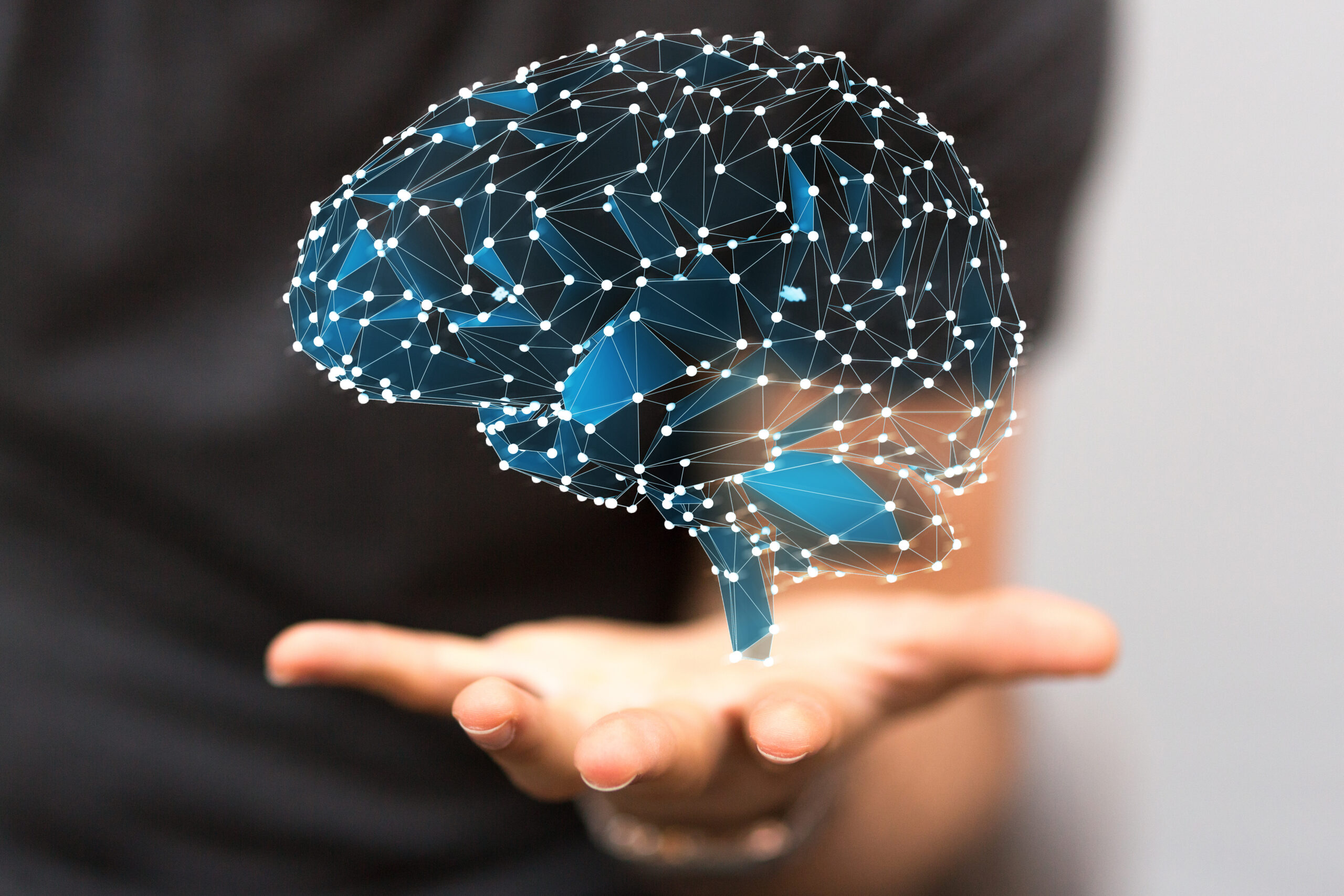Neuroimaging analytics in dementia
Neuroimaging analytics play a crucial role in understanding and diagnosing dementia, particularly Alzheimer’s disease. This field combines advanced imaging techniques with sophisticated analytical tools to uncover the underlying changes in the brain that occur as dementia progresses.
## Understanding Dementia
Dementia is a broad term that describes a decline in cognitive function, including memory loss, difficulty with communication, problem-solving, and other thinking abilities. Alzheimer’s disease is the most common form of dementia, accounting for 60-80% of dementia cases. It progresses through stages, from mild cognitive impairment to severe dementia, affecting millions worldwide.
## Neuroimaging Techniques
Neuroimaging techniques, such as functional magnetic resonance imaging (fMRI) and magnetic resonance imaging (MRI), are essential for studying dementia. These methods allow researchers to visualize brain activity and structure, providing insights into how dementia affects brain function and connectivity.
– **Functional MRI (fMRI)**: This technique measures brain activity by detecting changes in blood flow. It helps researchers understand how different parts of the brain communicate with each other, which is crucial for diagnosing and monitoring dementia.
– **Magnetic Resonance Imaging (MRI)**: MRI scans provide detailed images of brain structure, helping identify changes in brain volume and tissue composition that occur in dementia.
## Analytics in Dementia Research
Advanced analytics, including machine learning and artificial intelligence, are increasingly used to analyze neuroimaging data. These tools can identify subtle patterns in brain activity and structure that are indicative of dementia, even in its early stages.
– **Machine Learning Models**: These models can classify different stages of dementia with high accuracy by analyzing fMRI and MRI data. For example, studies have shown that machine learning models can differentiate between Alzheimer’s disease, mild cognitive impairment, and healthy controls with accuracy rates ranging from 83% to over 96%.
– **Graph Convolutional Networks (GCNs)**: GCNs are particularly effective in analyzing brain connectivity patterns. They have been shown to outperform traditional methods in diagnosing mild cognitive impairment and predicting dementia risk.
## Datasets and Research Initiatives
Several large-scale datasets, such as the Alzheimer’s Disease Neuroimaging Initiative (ADNI) and the Open Access Series of Imaging Studies (OASIS), provide valuable resources for dementia research. These datasets contain extensive imaging and clinical data, enabling researchers to study disease progression and develop more accurate diagnostic tools.
## Future Directions
While neuroimaging analytics have made significant strides in dementia research, there are challenges to overcome. One major issue is the lack of interpretability in some machine learning models, which can make it difficult to understand why certain predictions are made. Future research aims to address this by developing more explainable AI models and integrating additional data types, such as electroencephalography (EEG), to enhance our understanding of dementia.
Innovative interventions, like combining Tai Chi with sensory stimulation, are also being explored to improve cognitive function in individuals with mild cognitive impairment. These multi-domain interventions could offer new strategies for dementia prevention and management.
Overall, neuroimaging analytics are revolutionizing the field of dementia research, offering promising avenues for early detection, diagnosis, and potentially even treatment of these devastating conditions.





